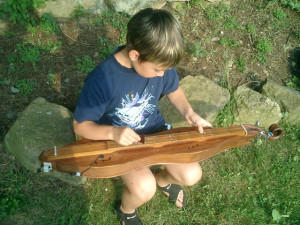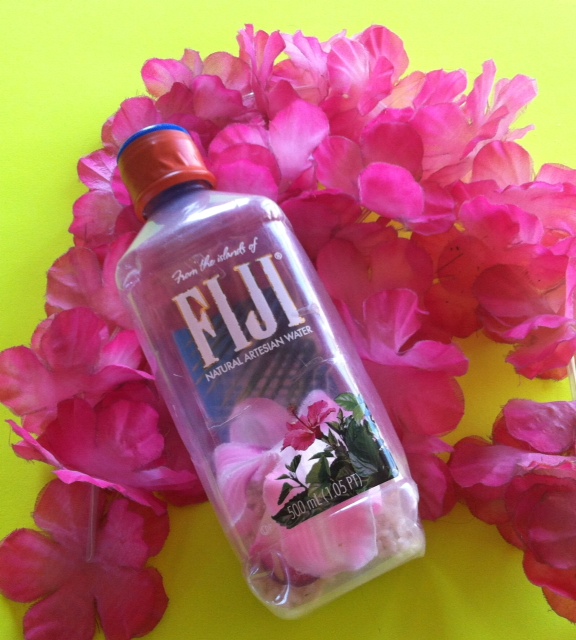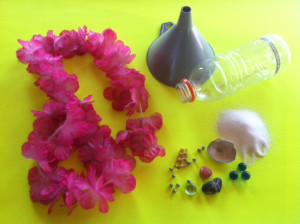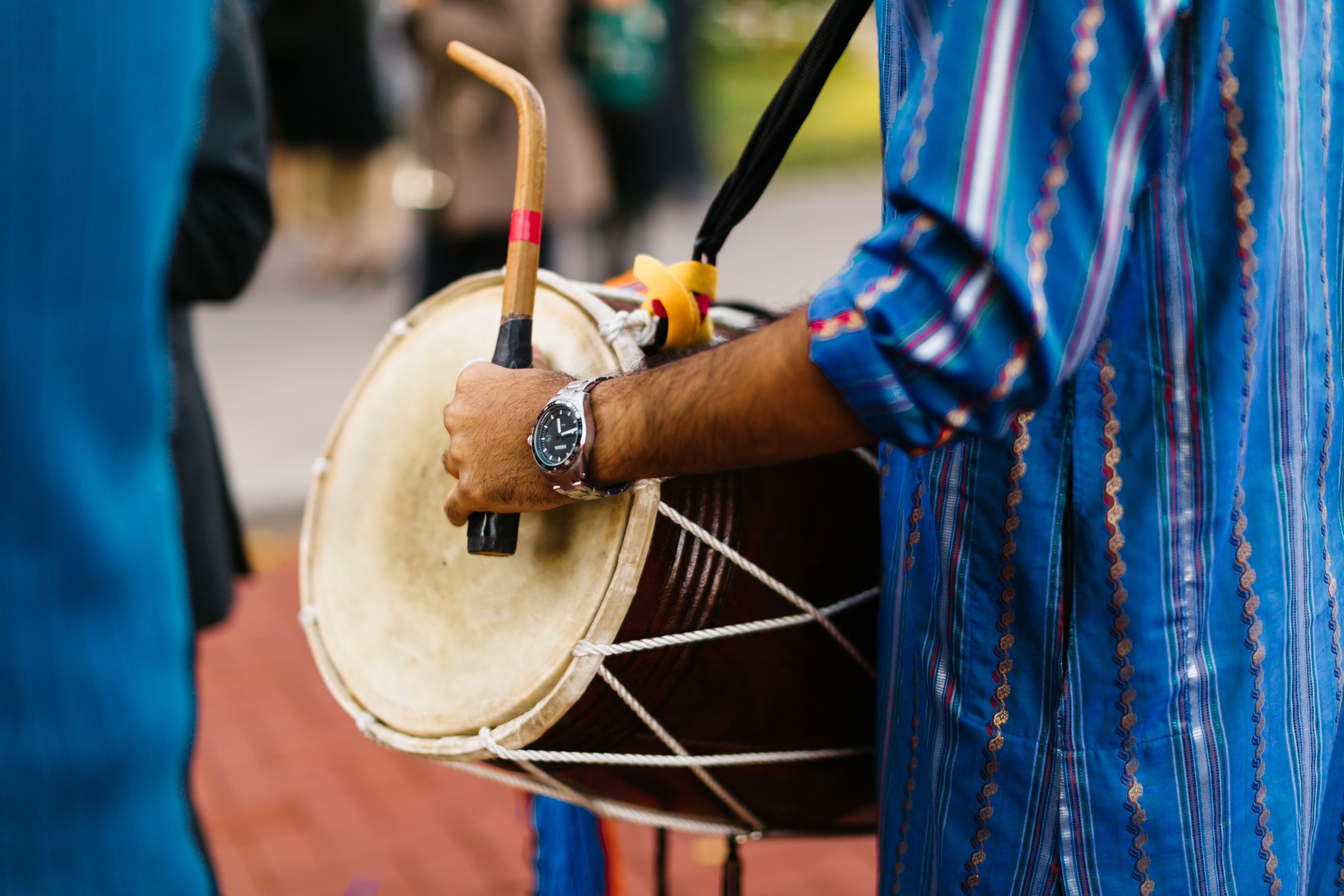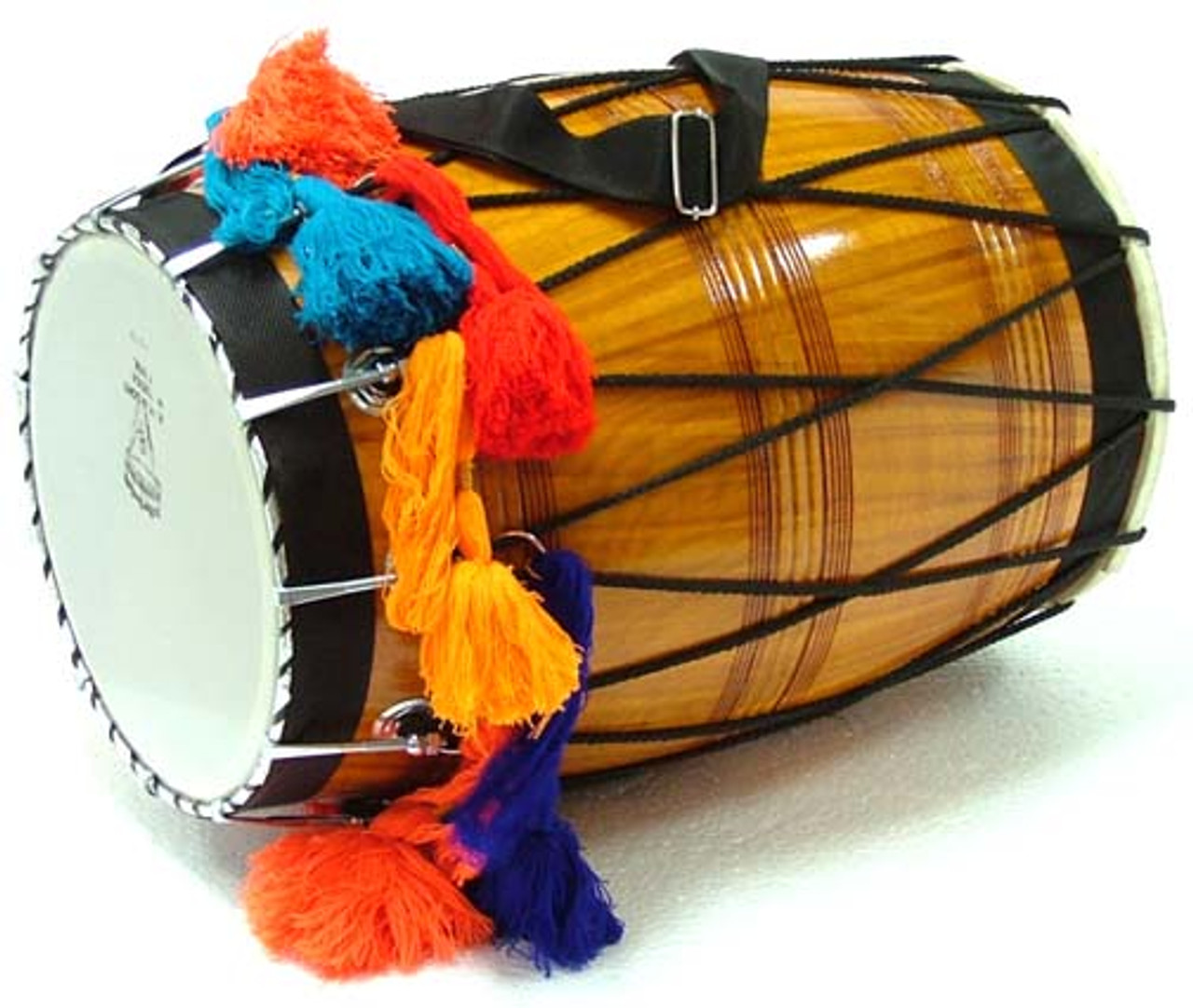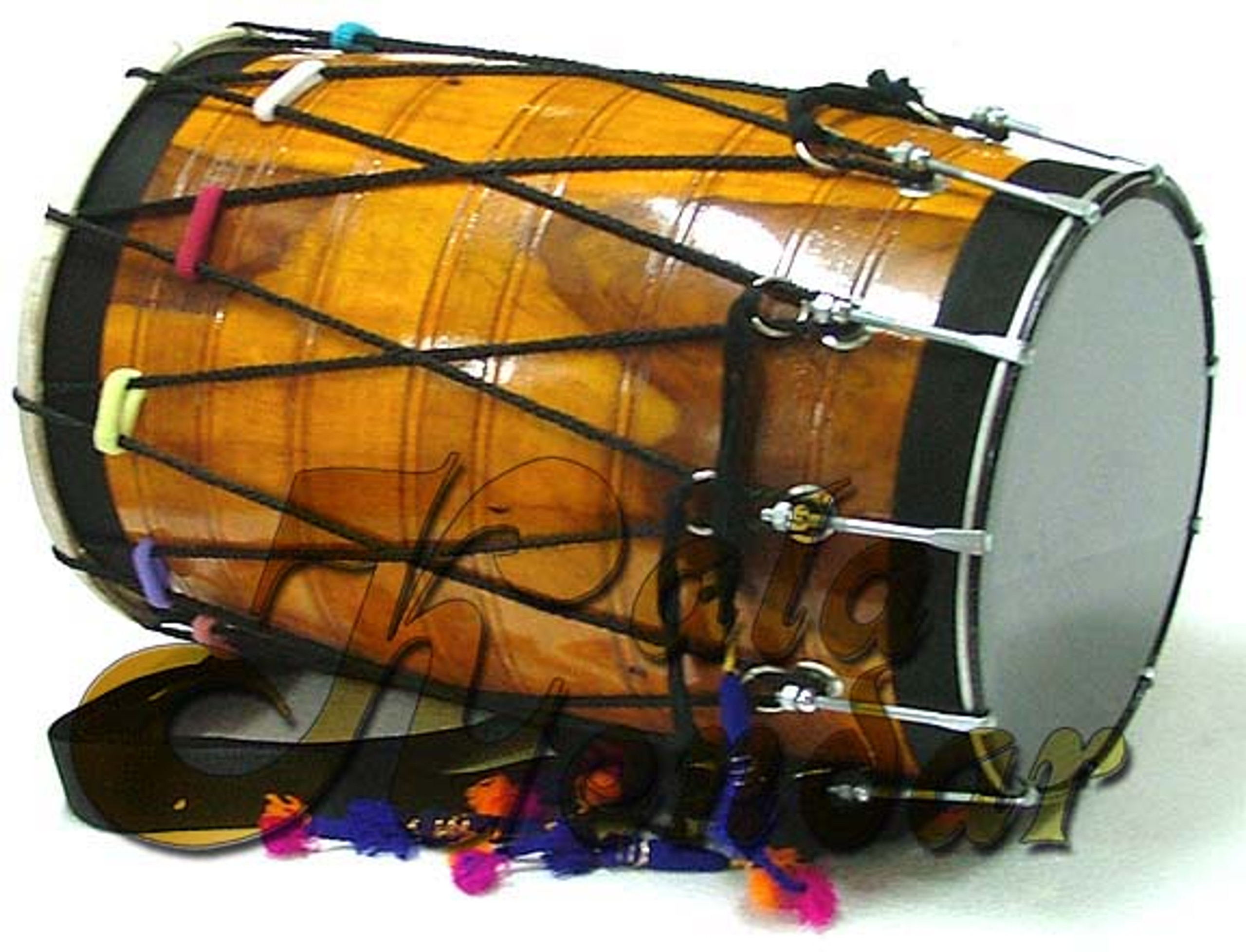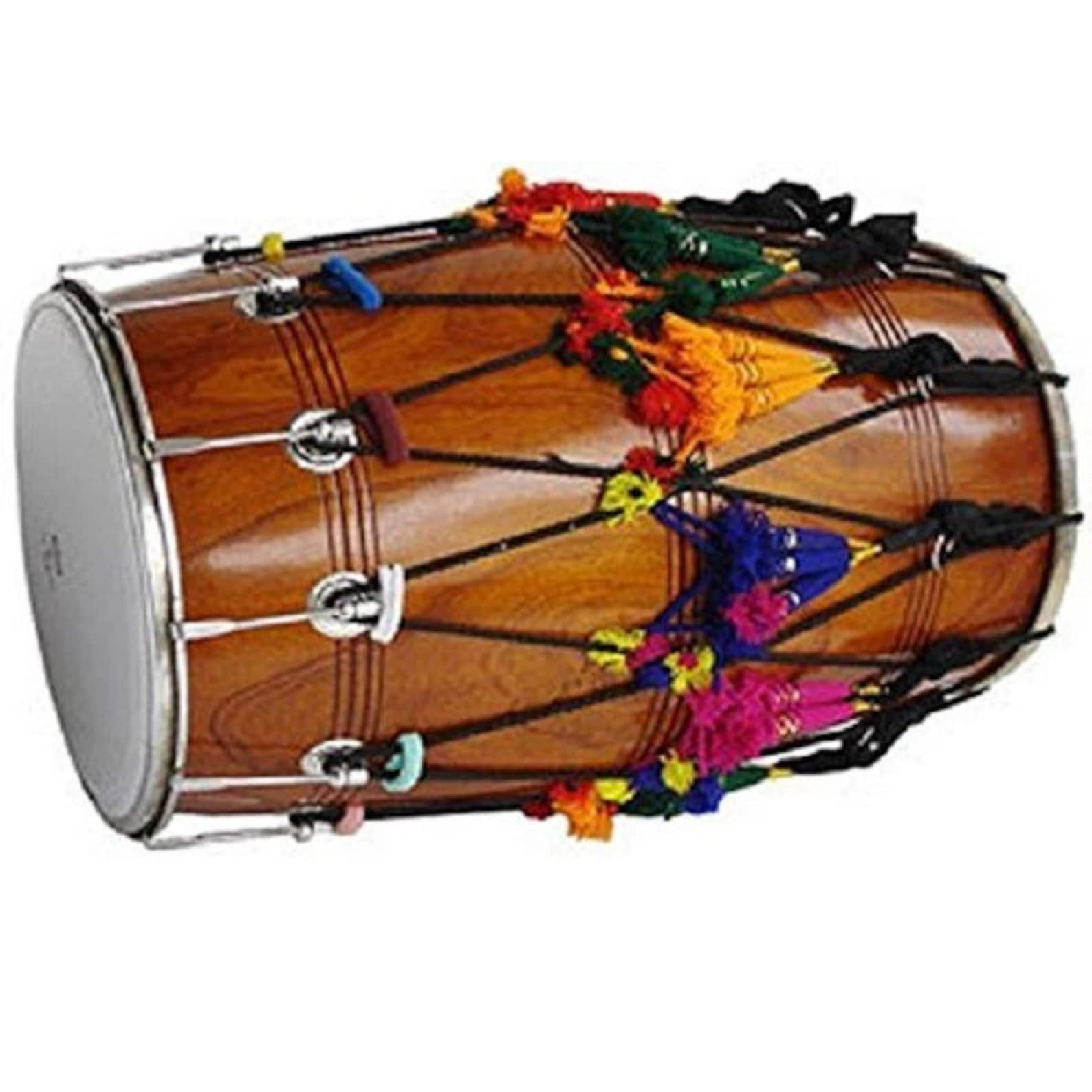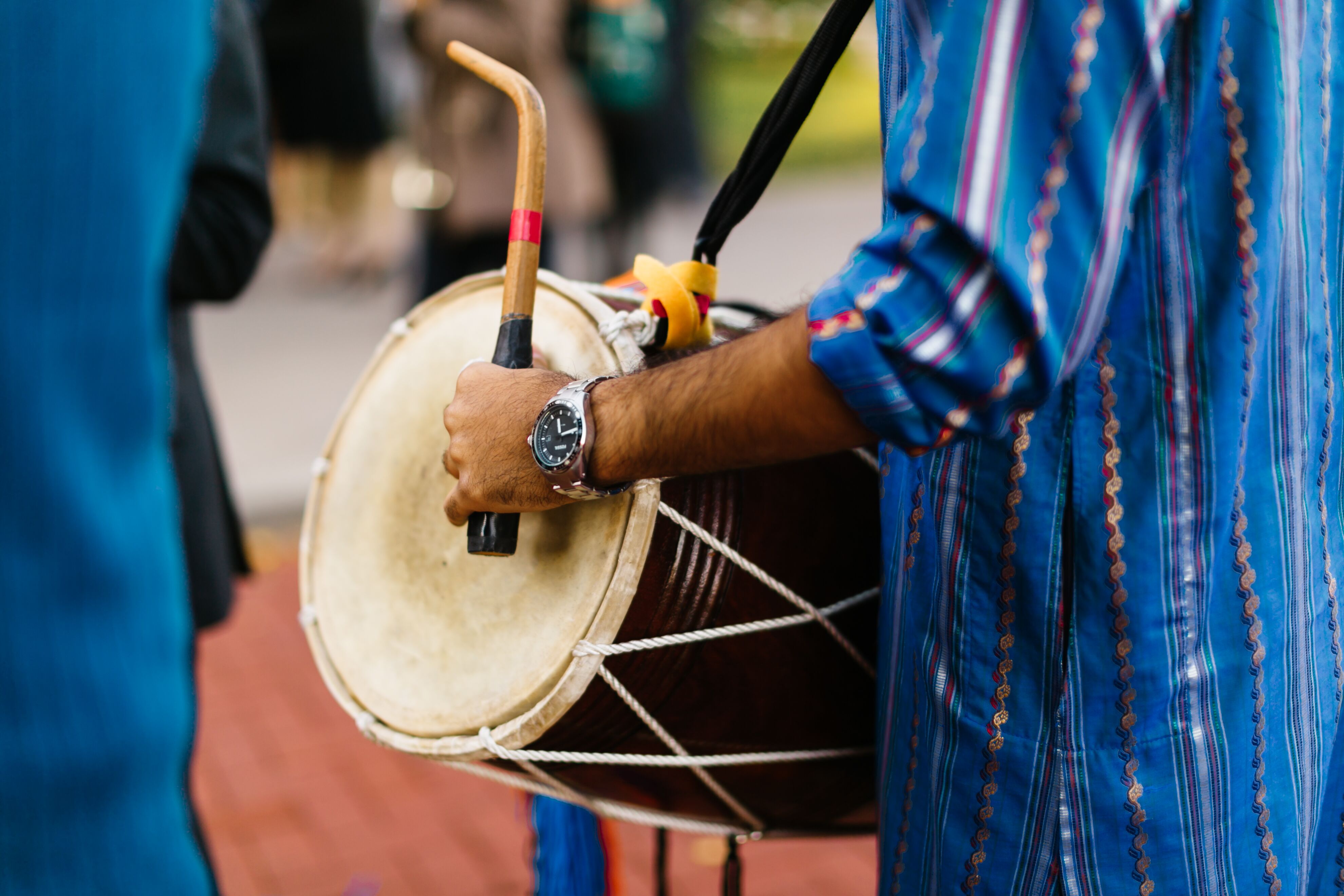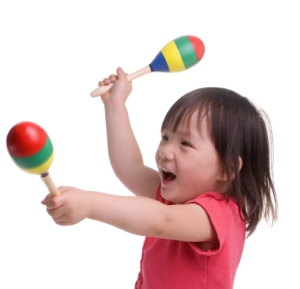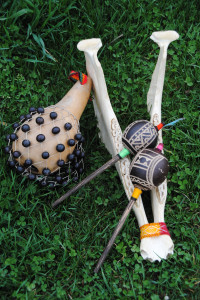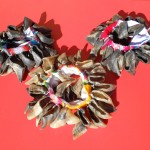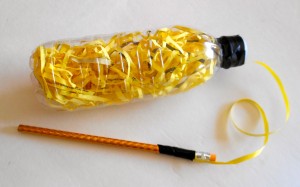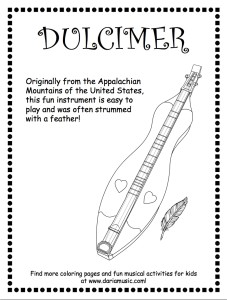 This simple and satisfying “first instrument” is a lot of fun and introduces any child or grown-up to the basic skills needed to play any fretted, stringed instrument such as the guitar, ukulele or mandolin.
This simple and satisfying “first instrument” is a lot of fun and introduces any child or grown-up to the basic skills needed to play any fretted, stringed instrument such as the guitar, ukulele or mandolin.
Play For A Child, With A Child, Or Let The Child Play!
Learning an instrument with a child is a great way to teach them about the learning process. It can be helpful for a child to see that every person continues to learn throughout their lifetime and how that process works. Watching you try to play and struggle a bit, then persist, and succeed teaches persistence, patience and determination. Learning a simple instrument – even with the ups and downs involved – is a great way to bond with a child while building musical skills at the same time!
Play-By-Numbers song sheets for the tin can dulcimer or any dulcimer are just as easy as they sound. Each number corresponds to a “fret”, one of the long spaces you’ll find on the fretboard of your instrument. To play, push down gently but firmly at the center of each fret and then strum or pluck the string with the other hand.
If the songbook says 2, then press the 2nd fret in the middle and strum until you get a good sound. Get the picture? And if you see a “0”, that simply means to pluck or strum the instrument without holding down any fret.
Play By Numbers Songs
Want to start with an easy song? How about “Mary Had A Little Lamb”?
5 4 3 4 4 5 5 5 4 4 4 5 7 7
Mary Had A little Lamb, Little Lamb, Little Lamb
5 4 3 4 5 5 5
Mary Had A little Lamb,
5 4 4 5 4 3
It’s fleece was white as snow
“Happy Birthday” By The Numbers
Here’s “Happy Birthday” on the Appalachian lap dulcimer. Numbers for both “Happy Birthday” and “Feliz Cumpleaños”, a Spanish version of that song, are below.
0 1 0 3 2 0 1 0 4 3
Happy Birthday to you. Happy Birthday to you.
0 7 5 3 2 1 6 5 3 4 3
Happy Birthday, dear (add their name), Happy Birthday to you.
0 1 0 3 2 0 1 0 4 3
Cumpleaños feliz, te deseamos a ti.
0 7 5 3 2 1 6 5 3 4 3
Cumpleaños felizes, te deseamos a ti.
Have any questions about these instruments? These are two instruments I really enjoy playing so I’d be happy to answer your questions. Drop me a line in the comments section below.
Links And Resources
Freebie Dulcimer Coloring Page (Follow Me On TPT for more freebies like this!) https://www.teacherspayteachers.com/Product/Appalachian-Dulcimer-Free-Coloring-Page-3863460
Post On The Tin Can Dulcimer
http://www.tinytappingtoes.com/classroom-music/best-first-instruments-for-kids-a-tin-can-dulcimer/
Hear A Dulcimer
http://www.dariamusic.com/dulcimer.php
Hear A Dulcimer Song
http://www.dariamusic.com/dulcimer.php
Color A Dulcimer (Online)
http://www.dariamusic.com/color_Dulcimer.php

